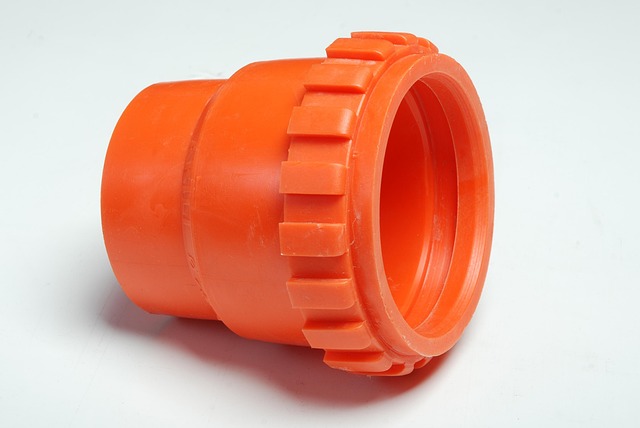Access control is critical for securing restricted areas in facilities like data centers, manufacturing plants, or government buildings, requiring tailored solutions. A master key system installation offers significant advantages: centralized locking, enhanced safety, simplified key management, and flexible access permissions. The multi-step implementation process involves assessment, hardware installation, programming, testing, and regular maintenance. Proactive maintenance through inspections and upgrades ensures optimal system performance and alignment with security standards over time.
In today’s world, securing restricted areas is paramount. Access control solutions play a crucial role in managing who enters sensitive spaces, enhancing safety and security. This article explores comprehensive access control for restricted areas, focusing on the benefits of implementing a master key system. We provide a step-by-step guide to installation and share best practices for maintenance and upgrades, ensuring optimal protection. Discover how a master key system installation can revolutionize your facility’s security measures.
Understanding Access Control Needs for Restricted Areas
Access control is a critical aspect of security for any facility with restricted areas, and understanding the specific needs of these spaces is essential for implementing effective solutions. Restricted areas can vary greatly in purpose, from high-security data centers to pharmaceutical manufacturing plants or government buildings. Each environment presents unique challenges that demand tailored access control strategies. For instance, some areas may require a comprehensive master key system installation to manage complex keying schemes and user permissions, while others might benefit from biometric authentication for enhanced security.
The goal is to strike a balance between facilitating legitimate access and preventing unauthorized entry. This involves evaluating factors like the sensitivity of materials or information within the restricted area, the potential risks associated with unauthorized access, and the frequency and types of users who require entry. By thoroughly assessing these needs, organizations can select and implement access control technologies that offer robust security while ensuring operational efficiency.
Benefits of Implementing a Master Key System
Implementing a master key system offers significant advantages for managing access control in restricted areas. This centralized locking solution allows for efficient management of keys, streamlining security procedures and enhancing overall facility safety. With a master key system installation, a single, master key grants access to specific locked areas, eliminating the need for individual keys for every door or compartment. This simplifies key distribution, reduces the risk of unauthorized key duplication, and enables quick lock changes across multiple doors with minimal disruption.
Moreover, such systems provide flexibility in managing access permissions. Keyed cards or fobs associated with the master key can be programmed to grant varying levels of access, allowing for fine-grained control over who enters specific restricted zones. This ensures that only authorized personnel have access to sensitive areas, enhancing privacy and security measures within the facility.
Step-by-Step Guide: Installing a Master Key System
Installing a Master Key System is an effective way to secure restricted areas within any facility. Here’s a step-by-step guide to help with the process. Firstly, assess your facility and identify all doors that require access control. Next, source the appropriate master key system, ensuring it aligns with your security needs and budget. Once sourced, install the hardware, including locks and keys, following manufacturer instructions for each door. After hardware installation, program the master key to unlock specific doors while keeping others secured. This step ensures only authorised personnel can access restricted zones. Finally, test the entire system thoroughly by attempting access with various keys, verifying every door responds as intended. Remember, regular maintenance is vital to keep the master key system functioning optimally over time.
Best Practices for Maintaining and Upgrading Access Controls
Maintaining access control solutions requires a proactive approach to ensure their effectiveness and security. Regular inspections are crucial, allowing for the quick identification and resolution of any issues. This includes checking hardware integrity, testing communication links, and verifying that access rights align with current security policies. Upgrading access control systems should be part of a structured plan, considering future needs and technological advancements. Implement a phased upgrade process to minimize disruptions, ensuring compatibility with existing hardware and software.
A best practice is to integrate master key system installation, which offers centralized control and enhances overall security. By keeping detailed records of all access credentials and regularly reviewing log data, organizations can identify potential vulnerabilities and adjust their strategies accordingly. This proactive maintenance ensures that access controls remain robust, adaptable, and aligned with evolving security standards.
Access control is paramount in ensuring the security of restricted areas, and a master key system offers an efficient, cost-effective solution. By implementing this system, businesses can streamline access management, enhance security, and maintain control over sensitive spaces. The step-by-step installation guide provided offers a practical approach to setting up this robust system. Additionally, best practices for maintenance and upgrades ensure the longevity and effectiveness of the access control measures, creating a secure environment that adapts to evolving needs.
